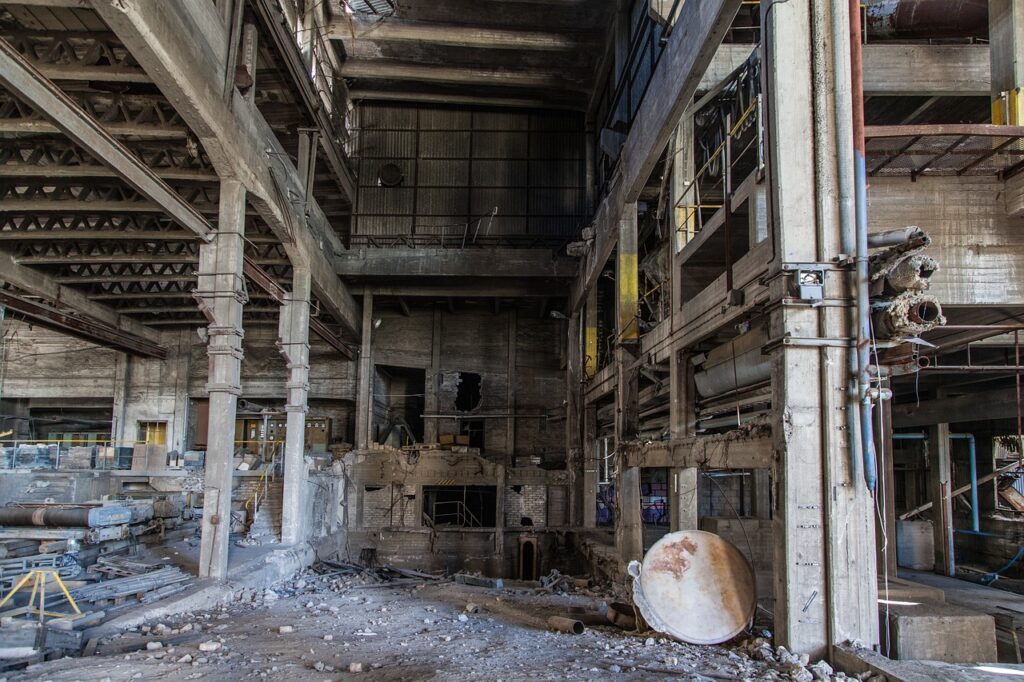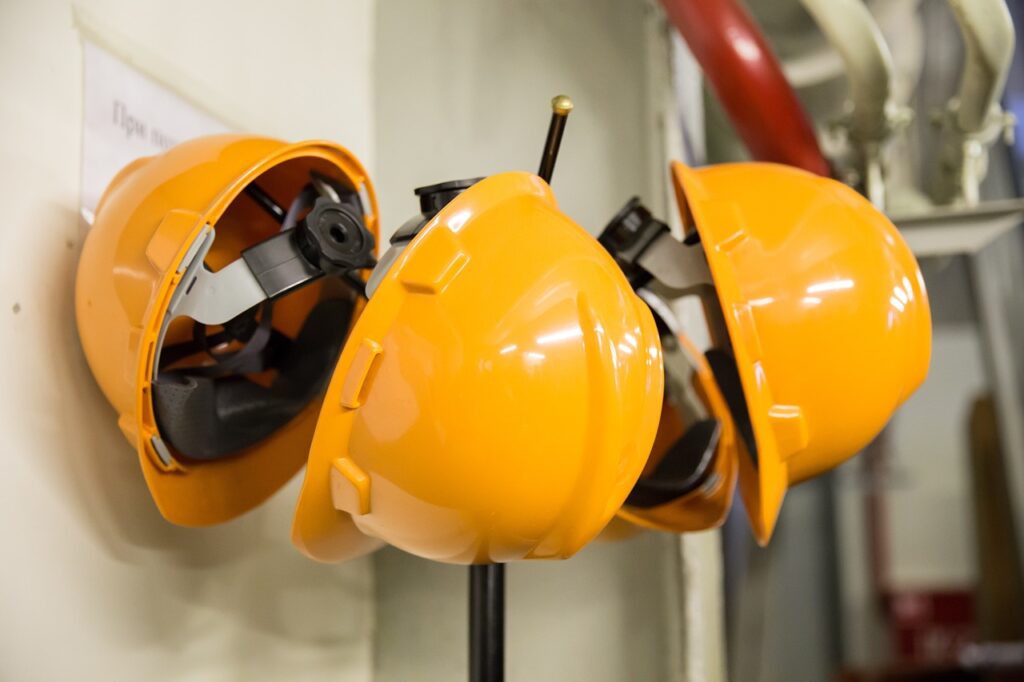Dust and Debris Cleaning Strategies for Philadelphia Construction Zones
May 14, 2024
Clearing the Air: Effective Dust and Debris Cleaning Strategies for Philadelphia Construction Zones
In the bustling construction landscape of Philadelphia, dust and debris are inevitable byproducts of progress. However, left unchecked, they can pose serious health risks, compromise safety, and hinder productivity. In this comprehensive guide, we unveil proven cleaning strategies tailored for construction zones in Philadelphia, empowering you to mitigate dust and debris effectively and maintain a clean, safe, and productive work environment.

Understanding the Impact of Dust and Debris
Construction zones are dynamic environments where dust and debris accumulate rapidly. From airborne particles generated during demolition to scattered materials on the ground, these pollutants not only obscure visibility and hinder work progress but also pose respiratory hazards to workers and nearby residents. In Philadelphia’s densely populated urban areas, managing dust and debris isn’t just a matter of convenience – it’s a critical aspect of environmental stewardship and community well-being.
Key Cleaning Strategies for Construction Zones
- Preventative Measures: Proactive measures are key to dust and debris management. Implement dust control strategies such as erecting wind barriers, using water sprays, and covering materials to minimize airborne particles at the source.
- Regular Sweeping and Vacuuming: Regular sweeping and vacuuming are essential for removing accumulated dust and debris from surfaces. Utilize high-powered vacuums equipped with HEPA filters to capture fine particles effectively without redistributing them into the air.
- Wet Cleaning Techniques: Wet cleaning techniques, such as mopping and wiping surfaces with damp cloths, are highly effective for capturing and removing dust without dispersing it into the air. Use environmentally friendly cleaning solutions to ensure safety and compliance with local regulations.
- HEPA Air Filtration Systems: Install HEPA air filtration systems in enclosed construction spaces to continuously filter and purify the air. These systems capture airborne particles as small as 0.3 microns, significantly reducing dust levels and improving indoor air quality.
- Scheduled Maintenance: Establish a regular cleaning schedule to maintain cleanliness and prevent dust and debris buildup. Incorporate daily, weekly, and monthly cleaning tasks into your routine to ensure thorough coverage and consistency.
- Personal Protective Equipment (PPE): Provide workers with appropriate PPE, including respirators, goggles, and gloves, to protect them from inhaling dust and debris and minimize exposure to hazardous materials.

Benefits of Effective Cleaning Strategies
- Improved Health and Safety: By implementing effective cleaning strategies, you create a safer and healthier work environment for your team, reducing the risk of respiratory ailments and injuries associated with dust and debris exposure.
- Enhanced Productivity: A clean and organized construction zone fosters productivity and efficiency, enabling your team to work more effectively without the hindrance of dust-related distractions.
- Community Relations: Demonstrating a commitment to dust and debris management not only protects the health and safety of nearby residents but also fosters positive community relations and enhances your company’s reputation as a responsible corporate citizen.
In the dynamic construction landscape of Philadelphia, preventing dust and debris isn’t just a matter of aesthetics – it’s a critical aspect of safety, productivity, and community well-being. By implementing proactive cleaning strategies tailored for construction zones, you not only mitigate health risks and improve work conditions but also demonstrate your commitment to environmental stewardship and responsible construction practices. Remember, in the pursuit of progress, cleanliness is your most powerful ally.